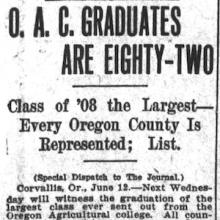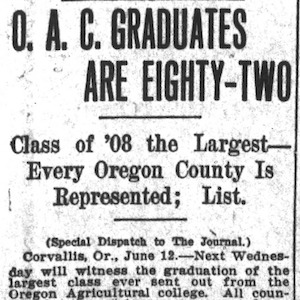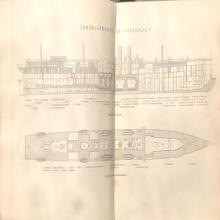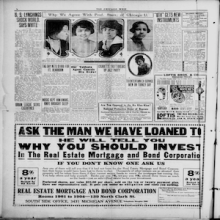Modern (1800 CE - 1950 CE)

Short Teaching Module: Indian Immigrants and U.S. Citizenship in an Imperial Context
Scholars often study citizenship and denaturalization in national frameworks. The history of legal status and its attendant politics and bureaucratic processes in the United States has long been tied to imperial constellations however.

Britain pressures U.S. to revoke citizenship of Indian activist
The US press often carried news of diplomatic issues in its headlines. This included references to matters of citizenship.

U.S. targets Indian activist, Taraknath Das
During World War I, U.S. and British officials expanded a transimperial surveillance apparatus designed to police enemy aliens and foreign threats. U.S.

Rashid graduates from Oregon Agricultural college, 1908
Indian and other Asian immigrants attended land grant universities across the United States in the early twentieth century.

Mexicana: A Repository of Cultural Patrimony in Mexico
...this project seeks not just to aggregate existing digital collections but also to standardize metadata across institutions and encourage further digitization.
Short Teaching Module: Connecting the French Empire
For a long time, historians tended to study colonial empires of the 19th and 20th centuries one colony at a time, or through the relationship of one colony to its metropole.

Source Collection: Pan-Africanism, Anticolonialism and Addressing the Problem of the Global Color Line in the 20th Century
At the turn of the 20th century, a growing number of Black intellectuals and activists across the Atlantic world no longer saw institutionalized racial inequality, racial hierarchy, and white supremacy as problems confined to the borders of individual nations.

Analyzing Travel Records
In a way, all historical thinking and all historical writing deal with travel accounts.

Newspaper Report on the Fourth Pan-African Congress Meeting in 1927
This article comes from The Monitor, a historically African American newspaper published in Omaha, Nebraska. The article offers readers insight into the fourth Pan-African Congress meeting held in 1927 in New York City.

Photograph of "Principal Chiefs" from West Africa
The following is an image that appears in the on page 296 in the book Britain Across The Seas: Africa; A History And Description Of The British Empire In Africa published in 1910 and written by Harry Johnson. This particular photograph was taken by Capt. T.C. Hincks.